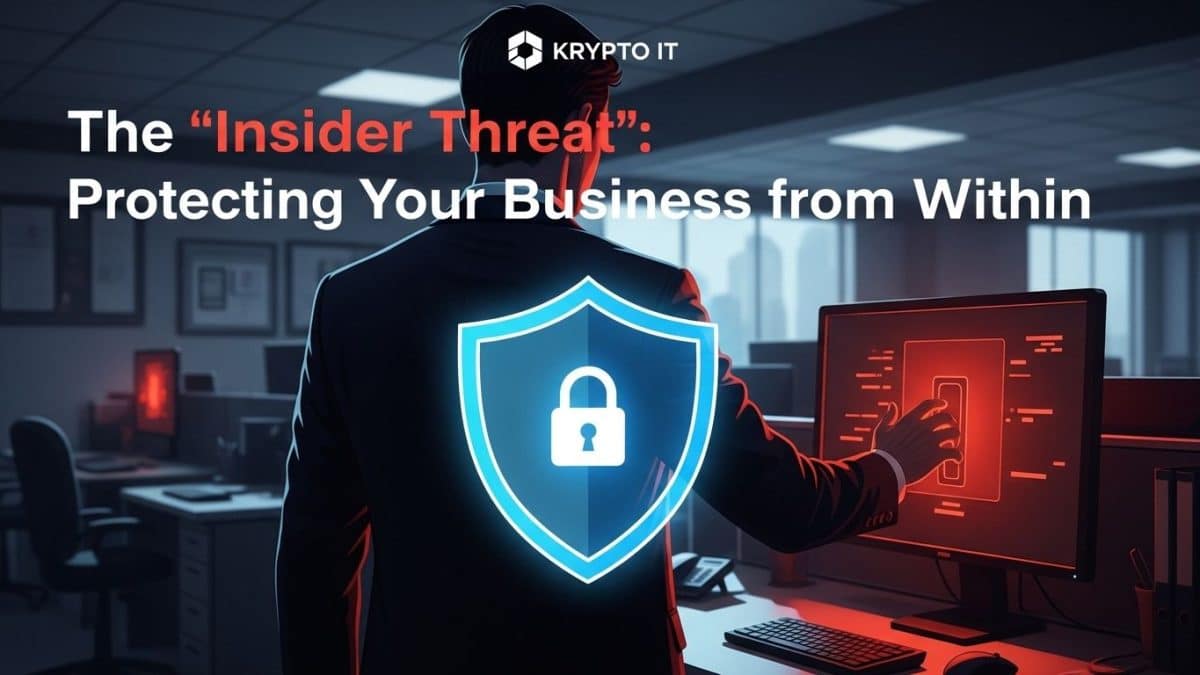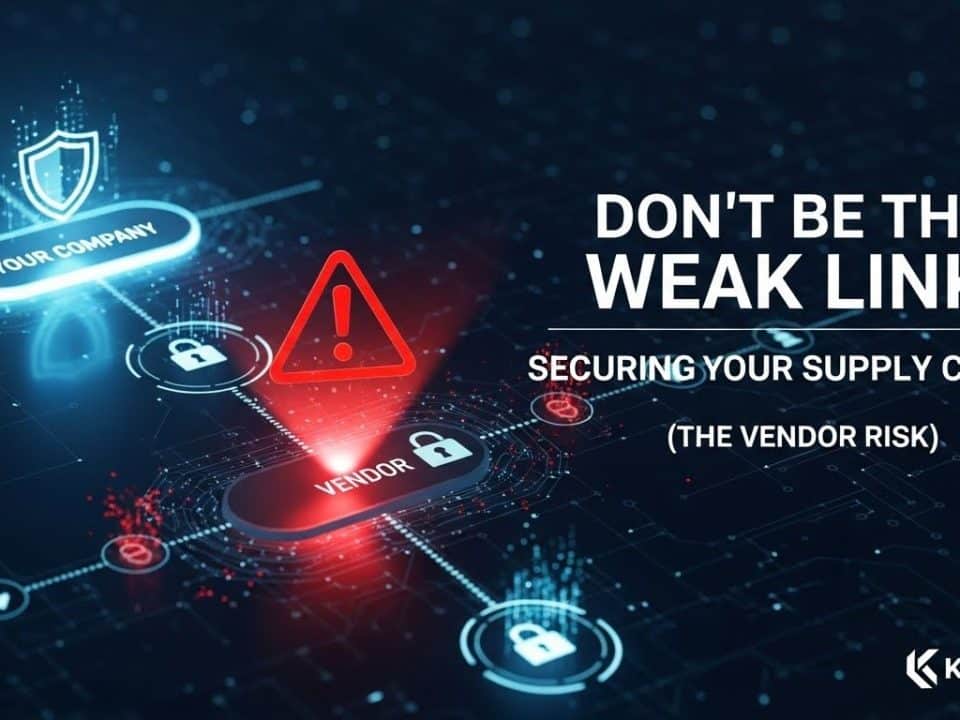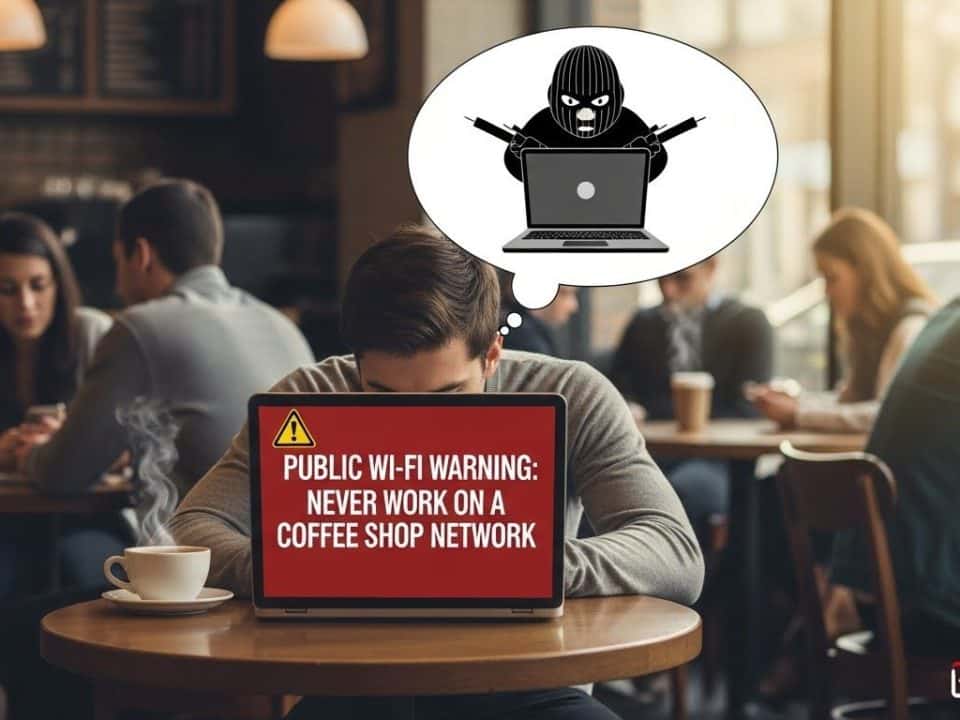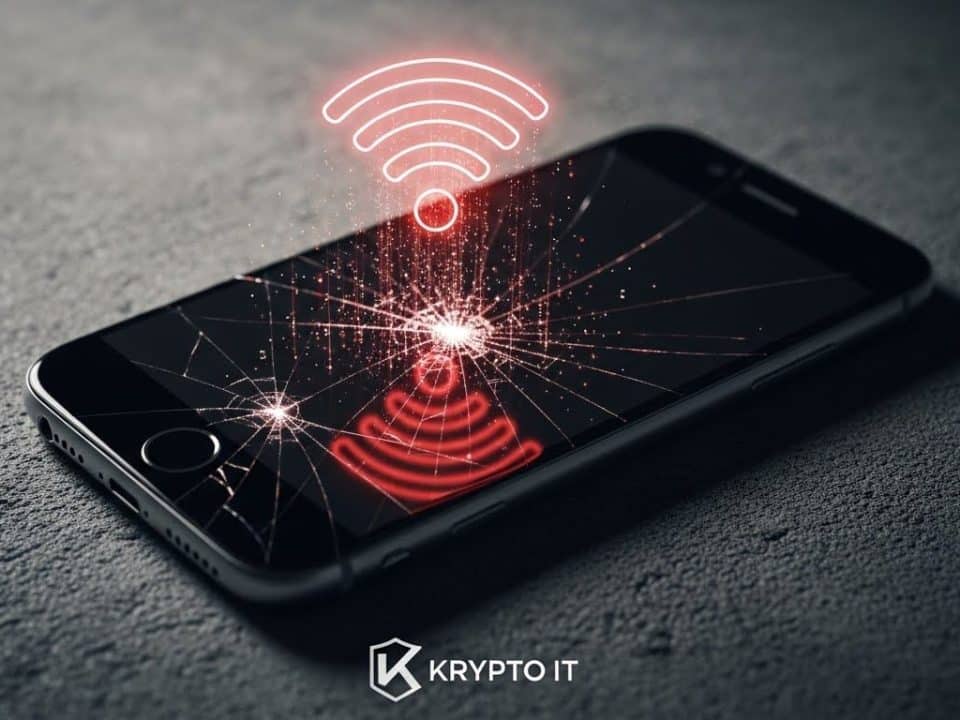
Your Cyber Insurance Claim Was Just Denied: The 3 Reasons Why That Happens
October 18, 2025
The Small Business Cyber-Fatigue Epidemic: Why ‘I Don’t Have Time’ Is No Longer an Excuse
October 22, 2025For small to medium-sized businesses (SMBs) in Houston, the biggest threat to data security might not be a faceless hacker thousands of miles away, but rather the person sitting at the next desk. This is the Insider Threat, and it’s a risk that is often underestimated until it’s too late.
An insider threat refers to a security risk that comes from people within your organization—current or former employees, contractors, or business partners—who have access to your sensitive systems or data. It’s a subtle danger because it leverages trust, making it incredibly hard to detect with perimeter defenses alone. At Krypto IT, we recognize that safeguarding your business means looking both outward at external threats and inward at internal risks.
The Two Faces of the Insider Threat
It’s important to understand that not all insider threats are malicious or intentional. The danger comes in two distinct forms:
1. The Malicious Insider
This individual intentionally abuses their access for personal gain, revenge, or to sabotage the company. This could involve stealing customer databases to sell to competitors, deleting critical files before leaving the company, or exploiting credentials to deploy ransomware. These attacks are typically the most devastating because the malicious insider knows exactly where the most valuable data is and how to bypass basic security measures.
2. The Negligent Insider (The Accident)
This is by far the most common threat. The negligent insider is a loyal employee who accidentally causes a breach due to poor judgment or lack of training. This happens when an employee:
- Falls for a sophisticated phishing email and gives up login credentials.
- Uses a simple, reused password that gets compromised.
- Loses an unencrypted company laptop or device while traveling.
- Downloads unsanctioned software (Shadow IT) that contains malware.
While their intentions are good, the damage caused by a negligent insider can be just as severe as a malicious attack, leading to data leaks, system downtime, and regulatory fines.
Why SMBs Are Highly Vulnerable
Many large corporations spend millions on sophisticated surveillance to detect internal threats. SMBs often lack these resources, making them prime targets for insider abuse and mistakes.
- Access Overload: In a small team, employees often wear many hats, meaning they are often granted access permissions far beyond what their job requires. This over-privileging means if one account is compromised, the attacker gains access to much more of the network.
- The Trust Factor: SMB owners often operate on a foundation of trust, leading them to overlook crucial security controls, especially for long-term employees. They may fail to enforce strict password policies or monitor unusual data transfers, believing their employees would never betray them.
- Lack of Training: Employees might be highly skilled in their core job (sales, marketing, operations) but receive little to no dedicated, ongoing security awareness training, leaving them susceptible to social engineering techniques.
4 Pillars for Protecting Your Business from Within
Protecting your SMB requires shifting your focus from trust to verification and process control. Here are four essential steps Krypto IT recommends for building an internal defense:
1. Implement Strict Access Controls (Principle of Least Privilege)
No employee should have more access than they absolutely need to do their job. This is the Principle of Least Privilege (PoLP). If your accountant only needs access to financial software, they shouldn’t have administrative access to your customer database. If an employee changes roles or leaves the company, their access should be immediately reviewed and revoked.
2. Mandatory, Ongoing Security Awareness Training
Negligence is the leading cause of insider-related breaches. Combat it with recurring, scenario-based training. Focus on identifying modern phishing scams (like those powered by AI), reporting suspicious activity, and practicing strong password and MFA hygiene. Training should be mandatory, measured, and reinforced regularly.
3. Deploy Continuous Monitoring and Logging
You can’t defend what you can’t see. A professional MSP deploys Endpoint Detection and Response (EDR) solutions that monitor user activity, flagging unusual behavior in real-time. This includes:
- Attempting to download massive amounts of data.
- Logging in from an unusual geographic location.
- Attempting to access sensitive files outside of business hours. These alerts allow us to investigate and neutralize a threat before significant damage is done.
4. Implement a Structured Offboarding Process
When an employee leaves, your greatest risk window is the hour between notification and system lockout. Your offboarding process must be immediate, detailed, and non-negotiable:
- Disable all login accounts (MFA, email, cloud services, internal applications).
- Revoke access badges and company mobile device access.
- Conduct a digital handover of all company-owned data and assets.
Krypto IT: Your Partner in Internal Defense
Protecting your SMB from the insider threat demands a professional, unbiased approach that prioritizes security over convenience. At Krypto IT, we integrate these internal defense layers—from advanced access management to automated 24/7 monitoring—into your existing Managed Services plan.
Don’t let the people you trust become the vulnerability that sinks your business. Partner with Krypto IT today to establish the security protocols that protect your data from within.
Ready to strengthen your internal security perimeter? Contact Krypto IT for a confidential security assessment.




